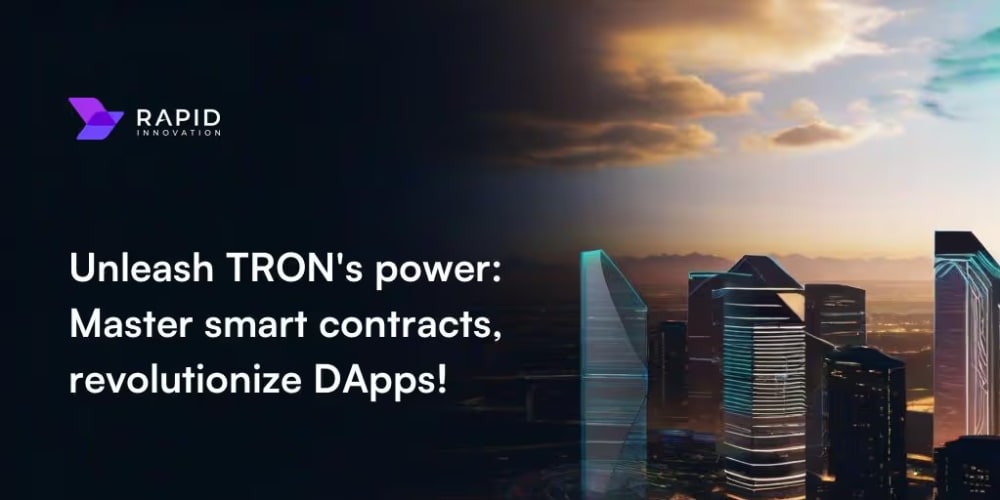In today's fast-paced tech world, developers want efficiency, speed, and autonomy. This is where Platform Engineering and Internal Developer Platforms (IDPs) come into play. Think of it as creating a tool that gives developers everything they need at their fingertips—without the hassle of dealing with complex infrastructure. But how do you implement one? Let's break it down.
Step 1: Understanding the Foundation
Before diving into building an IDP, it's essential to understand the two core ideas:
Platform Engineering: It's about providing developers with the right tools and environment so they can focus on coding, not on managing infrastructure.
Internal Developer Platforms (IDPs): This is the solution—a self-service platform that offers a unified portal for developers to deploy, manage, and monitor their applications.
Imagine a "one-stop-shop" for developers where they can access everything they need—from spinning up environments to deploying code—without bothering the Ops team. That’s what an IDP does.
Step 2: Assess Developer Needs
You need to build a platform that solves actual developer pain points. Begin by:
Surveying the Development Team: What slows them down? Is it the deployment process? Environment setup? CI/CD issues? The goal is to understand their biggest blockers.
Map Out the Developer Workflow: What steps do they take from writing code to deploying it in production? Identify where automation can make life easier.
Tip: Keep it developer-friendly. If it feels too complex, it won’t get adopted.
Step 3: Choose the Right Tools
Once you have a clear understanding of developer needs, it’s time to pick the right tools and technologies that will shape your platform. Here's where the magic happens:
Infrastructure-as-Code (IaC): Tools like Terraform or Pulumi allow your platform to manage infrastructure automatically. Developers won’t need to ask the Ops team to spin up environments—they can do it themselves!
Containerization & Orchestration: Tools like Docker and Kubernetes are essential. Containers allow developers to package their apps in a standardized way, and Kubernetes helps in automating deployment, scaling, and managing containers.
CI/CD Pipelines: Use tools like Jenkins, CircleCI, or GitHub Actions to automate code testing, building, and deployment. An IDP should have an integrated CI/CD pipeline.
Monitoring & Logging: To ensure developers can monitor their apps without involving Ops, integrate tools like Prometheus for monitoring and ELK Stack (Elasticsearch, Logstash, Kibana) for logs.
Step 4: Build Self-Service Interfaces
This is the heart of the IDP—the self-service portal. Developers should be able to:
Deploy applications with a few clicks.
Monitor and troubleshoot their apps without switching to different tools.
Access standardized environments.
Use platforms like Backstage (developed by Spotify) to build a user-friendly portal where developers can access all these features in one place. Ensure that it’s customizable so teams can tailor the platform to their specific needs.
Example: If a developer needs to deploy a new feature, they shouldn’t have to wait for manual approvals. With IDPs, they should be able to spin up a testing environment, deploy their code, and monitor the results without waiting for Ops.
Step 5: Implement Automation and Guardrails
Automation is key to making your IDP efficient. However, it’s also crucial to have guardrails in place to ensure security and consistency:
Automated Testing: Ensure every code push automatically goes through testing before deployment.
Security Integration: Build security checks directly into the pipeline. Use tools like SonarQube for code quality checks and HashiCorp Vault for secure storage of secrets.
Governance & Policies: Set rules for how resources should be used. For example, define quotas to prevent developers from creating too many resources and overspending.
Step 6: Continuous Feedback & Improvement
An IDP is never "complete." It should evolve with your developers’ needs and technology trends. Set up a feedback loop to constantly gather input from your developers and improve the platform.
Tip: Release small updates regularly rather than overhauling the entire system. This ensures developers are always getting better tools without facing steep learning curves.
The End Goal
The goal of implementing platform engineering and an IDP is simple: give developers everything they need to deploy code faster, with fewer blockers, and more autonomy. This doesn't just make developers happy—it speeds up delivery times, reduces downtime, and improves the overall efficiency of the organization.
By implementing platform engineering through IDPs, you are creating a developer-first culture where innovation thrives, and infrastructure becomes invisible. It’s the ultimate way to modernize your DevOps practices and make the most of cloud infrastructure.
Closing Thought: The future of DevOps is self-service. Platform engineering and IDPs are paving the way for faster, smarter, and more efficient development. So, what are you waiting for? Start building your IDP today!



















